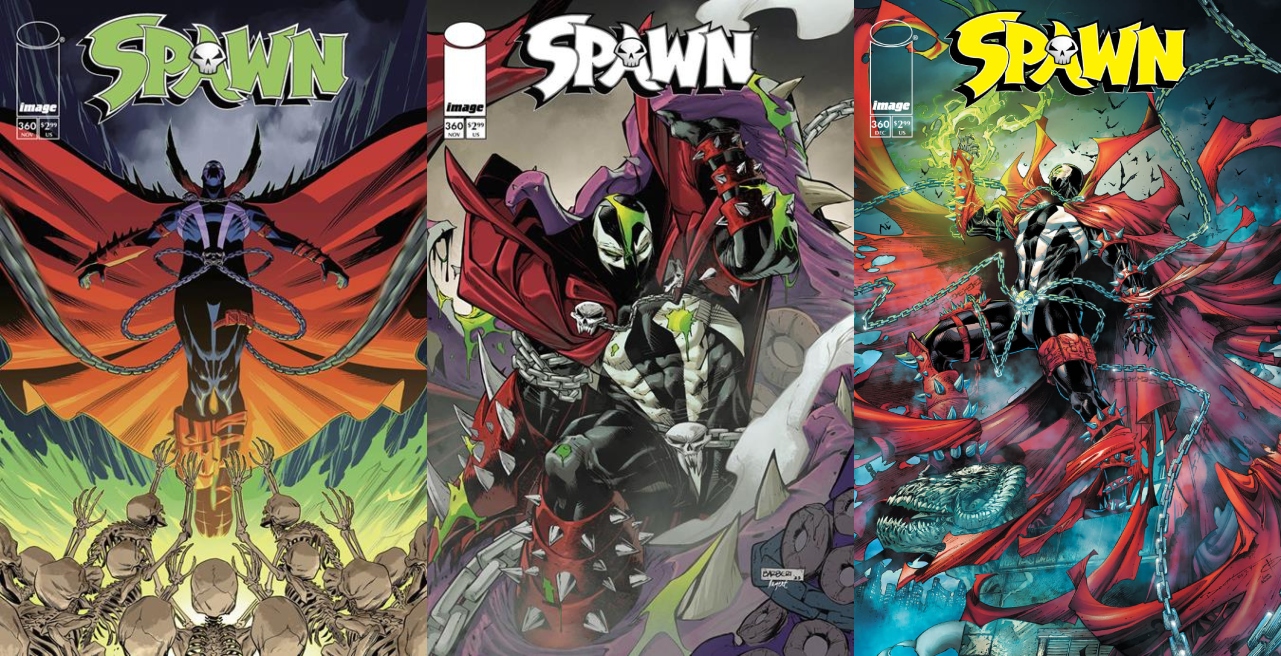
Neom by Lookout Games
Price:~$55.00
Players:1 to 5
Playtime:45 minutes
Perfect for:Players who enjoy tile drafting, city building, and strategic resource allocation.
Neom is a game of strategic design. Players must carefully and thoughtfully plan how to optimally construct their city through a combination of tile types. Before talking more about how Neom is played, here is more background as described by the publisher, Lookout Games:
Players compete to build the most impressive city utilizing a tree of 17 different goods (from three different tiers) that can each be unlocked, allowing the placement of increasingly powerful tiles as the game progresses. Tiles also feature roads which must be connected without being rotated, meaning that players must always plan their city layout with an eye to the future.
In Neom, players begin by selecting a set of cornerstone tiles—unique tiles that will score at the end of the game under particular conditions related to the city design or layout. Gameplay then occurs over three generations. In a generation, players select a tile for placement from 8 choices and then pass the rest of the tiles to the next players. Tiles are placed and new ones selected until the stacks are depleted over 7 rounds. This marks the end of the generation wherein some money may be collected by the players. At the end of the game, each player scores their board and the person with the most victory points wins.
RELATED: Tabletop Game Review: Comanauts
The real trick to Neom is optimization. Player boards are a 5 x 5 grid, and the placement of city tiles drastically affects scoring. First, every tile has both a set orientation (meaning they can’t be rotated) and a road. While not all roads must connect, when placing a tile at least one of the roads on it must connect to an existing road that can be traced all the way back to the city center. Furthermore, most tiles can only be placed if the player has the required resources (which are generated by other tiles). Resources can be bought from neighboring players, but only if they have them and for a fee. Finally, tiles come in various types (i.e. residential, commerce, industrial, etc.) and what these types are adjacent to on the board may affect endgame scoring.
What works in Neom are the delightful and satisfying urban economics. Every single city tile in Neom is unique, and thus the selection and placement of buildings offers a healthy challenge. Constructing your city is akin to assembling a puzzle of your own design and when done thoughtfully the result is incredibly rewarding. There’s a multitude of strategies players can select from in order to create a victory point engine, which keeps Neom fresh and engaging. The tiles both independently and collectively have a great cleverness to their design and abilities, primarily in the ways in which they stack and affect other tiles. All of these elements definitely increase the replay value.
While Neom has fantastic city-building mechanics, the player interaction components may frustrate some players. Interactivity first comes into play through the construction of roads—if you can link your center to a particular edge tile on the left or right side of your board, you can reduce the cost of purchasing resources from your neighbor. This, coupled with the fact the resources are incredibly limited, gives each a player a legitimate reason to watch what others are doing in their cities in order to maximize trade possibilities. This makes Neom’s biggest detractor, disaster tiles, all the more of a nuisance. When played, these tiles essentially wreck the other players’ cities in nasty ways. There are protections against them, but in a game where you are mostly in control of your own strategy, disaster cards feels like the equivalent of a bratty child intentional crashing through your LEGO creation midway through building. The only other criticism consistently lobbed at Neom is that the iconography is a bit daunting. This is true, but players will likely pick up the symbology fairly quickly as most of it is intuitive.
Neom is reminiscent of many resource-engine city-building games, but does manage to move the needle in order justify its place at the table with a distinctive and well-balanced mechanic found in the details of the design.
Recommended if you like: Sim City, 7 Wonders, Carcassonne
Final Grade: A
Don’t forget to share this post on your Facebook wall and with your Twitter followers! Just hit the buttons on the top of this page.

 FOR FANBOYS, BY FANBOYS
Have you checked out LRM Online’s official podcasts and videos on The Genreverse Podcast Network? Available on YouTube and all your favorite podcast apps, This multimedia empire includes The Daily CoG, Breaking Geek Radio: The Podcast, GeekScholars Movie News, Anime-Versal Review Podcast, and our Star Wars dedicated podcast The Cantina. Check it out by listening on all your favorite podcast apps, or watching on YouTube!
Subscribe on: Apple Podcasts | Spotify | SoundCloud | Stitcher | Google Play
FOR FANBOYS, BY FANBOYS
Have you checked out LRM Online’s official podcasts and videos on The Genreverse Podcast Network? Available on YouTube and all your favorite podcast apps, This multimedia empire includes The Daily CoG, Breaking Geek Radio: The Podcast, GeekScholars Movie News, Anime-Versal Review Podcast, and our Star Wars dedicated podcast The Cantina. Check it out by listening on all your favorite podcast apps, or watching on YouTube!
Subscribe on: Apple Podcasts | Spotify | SoundCloud | Stitcher | Google Play



